From wilderness to your tap
May 16, 2025-
When most people turn on their taps at home, they are unaware of the journey the clean water flowing from it has taken to reach them. Whether pumped from deep in the ground, collected from streams and rivers into reservoirs, or traversing hundreds of miles through complex networks of aqueduct and pipes, that water all comes from somewhere. And for over 60 million of us, that somewhere is a National Forest.
While National Forests cover only 8% of the land area of the lower 48 states, 18% of the water supply in those states originates in National Forests and Grasslands. In western states that number is much higher at 50% of the water supply. About a quarter of this total supply from National Forests comes from designated wilderness areas.
If you recall your 3rd grade lessons about the water cycle, these statistics shouldn’t come as a surprise: most watersheds originate high in the mountains, landscapes that are often protected as public lands. But as Congress considers selling off public lands as part of budget reconciliation bills, the economic value of these water sources is a critical part of the equation. A conservative estimate of the value of clean water supplied from National Forests every single year is $3.7 billion.
New York City has the largest unfiltered drinking water supply in the United States, serving over 9 million people. In the 1990s, as the quality of their drinking water supply was impacted by upstream development, the city was confronted with the prospect of having to construct a filtration plant which would cost upwards of $10 billion to build and $1 million each day to operate. Instead, they invested in conservation initiatives across the watersheds supplying their water: buying land to prevent development, stabilizing stream channels to prevent erosion, and upgrading upstream wastewater treatment systems. In total, the city has spent $2.5 billion on these efforts since 1997, a fraction of what it would have cost to build the filtration plant and operate it for the past almost 30 years.
This case study is a great example of how the cost of protecting the landscapes where our water comes from is far less than the cost of treating that water to be clean and safe if those landscapes are developed and their watersheds are degraded. Protecting watersheds, including those which supply public drinking water, is just one of the conservation values that we focus our work on at the Trust. It’s no coincidence that many of our projects are named after the creeks they protect. Healthy ecosystems provide a more sophisticated water filtration system than any plant we construct, and investing in their protection has benefits that ripple across all areas of life, from the air we breathe to opportunities for adventure and solitude.
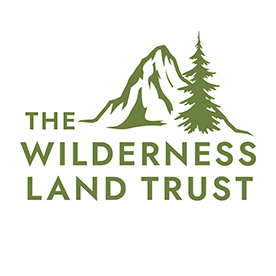
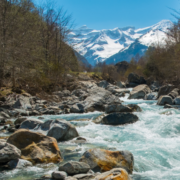
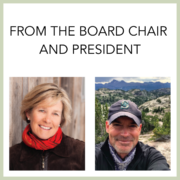

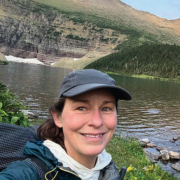
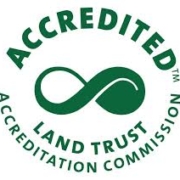
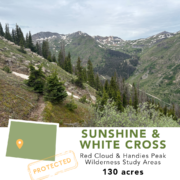


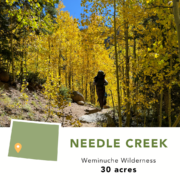
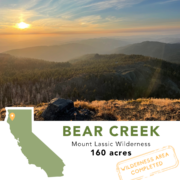
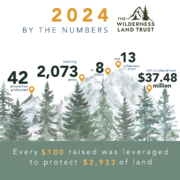
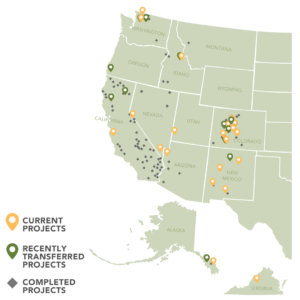 This year we protected 42 properties totaling 2,073 acres from Alaska to Virginia. With the threat of development removed, they will remain open for wildlife to roam, resilient habitats to thrive, and people from all walks of life to explore. The monetary value of these lands is over $37 million, but the real value that they bring to our lives through clean air and water, solitude, and inspiration is so much greater. In this fast-changing world, their intrinsic value surpasses any dollar amount.
This year we protected 42 properties totaling 2,073 acres from Alaska to Virginia. With the threat of development removed, they will remain open for wildlife to roam, resilient habitats to thrive, and people from all walks of life to explore. The monetary value of these lands is over $37 million, but the real value that they bring to our lives through clean air and water, solitude, and inspiration is so much greater. In this fast-changing world, their intrinsic value surpasses any dollar amount.